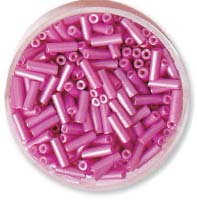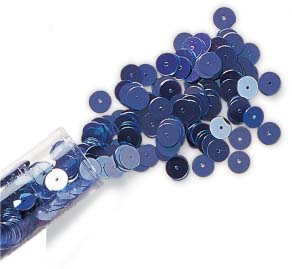How to Sew:
Bead Embroidery

A DAVID & CHARLES BOOK
Copyright David & Charles Limited 2009, 2010
David & Charles is an F+W Media Inc. company
4700 East Galbraith Road
Cincinnati, OH 45236
First published in the UK in 2009
This digital edition published in 2010
Text, illustrations and photography copyright David & Charles Limited 2009, 2010
Project designs copyright Susan Briscoe, Alice Butcher & Ginny Farquhar, Lynne Edwards, Marion Elliot, Christina Marsh, Ellen Kharade, Sally Southern, Jo Verso and Dorothy Wood 2009, 2010
Susan Briscoe, Alice Butcher & Ginny Farquhar, Lynne Edwards, Marion Elliot, Christina Marsh, Ellen Kharade, Sally Southern, Jo Verso and Dorothy Wood have asserted their right to be identified as authors of this work in accordance with the Copyright, Designs and Patents Act, 1988.
All rights reserved. No part of this publication may be reproduced, stored in a retrieval system, or transmitted, in any form or by any means, electronic or mechanical, by photocopying, recording or otherwise, without prior permission in writing from the publisher.
The designs in this book are copyright and must not be made for resale.
The author and publisher have made every effort to ensure that all the instructions in the book are accurate and safe, and therefore cannot accept liability for any resulting injury, damage or loss to persons or property, however it may arise.
Names of manufacturers, paper ranges and other products are provided for the information of readers, with no intention to infringe copyright or trademarks.
A catalogue record for this book is available from the British Library.
ISBN-13: 978-0-7153-3878-0 epub
ISBN-10: 0-7153-3878-1 epub
ISBN-13: 978-0-7153-3888-9 pdf
ISBN-10: 0-7153-3888-9 pdf
David & Charles publish high quality books on a wide range of subjects. For more great book ideas visit: www.rucraft.co.uk
For templates please see end of book or download them free at: www.rucraft.co.uk/how_to_sew_templates.php

Bead embroidery transforms everyday objects into luxury items. Beads for embroidery come in a vast range of colours, textures and materials and just a few of the many choices you will have when choosing beads are pictured here. Beads are readily available from bead shops, mail-order or web-based bead companies, and some suppliers details are provided on the final page of this book.

pearls


bugle beads


seed beads


sequins

crystals

Beads can be attached to most fabrics individually, in groups or in rows. It is easier to work bead embroidery if the fabric is backed with a lightweight, closely woven fabric such as cotton lawn, so threads can be anchored on the back. In general, use a double length of sewing thread or one strand of a stronger thread, such as Nymo or quilting thread.
Stretching fabric in a hoop

Cut the fabric and any backing fabric at least 5cm (2in) larger all round than the finished piece. Fit the fabric into an embroidery hoop.

Take two tiny backstitches on the reverse side and bring the needle out on the right side where you want the beadwork to begin.

Creating a fabric sandwich
This means putting a thin wadding (batting) between the front fabric and the backing fabric. This provides enough body or thickness for the bead embroidery and prevents the fabric from puckering. Work lines of tacking (basting) across the fabric in a grid shape to hold the layers together.

Beads may be attached in various ways, individually, sewing on with backstitch, or by couching.To attach beads, particularly small seed beads that have a small hole through the bead, you will need a beading needle.
Using beading needles
Beading needles are longer and thinner than normal sewing needles with a flat eye that can pass through the small holes in seed beads. The two most common sizes used are 10 and 13. Size 10 is a good standard needle but if you are going to pass the needle through a bead several times then you will need to use the finer size 13. Beading needles can bend or break easily so make sure that you have a good supply of both sizes available.

Embroidery needles

Beading needles
Sewing beads on individually
When sewing beads individually it is essential to secure the thread carefully on the reverse side when beginning and finishing off so beads cant come adrift. Use a strong thread such as quilting thread, or a double thickness of sewing cotton.

Go through each bead twice to secure it and stop it falling off.This also prevents the thread pulling through if the beads are spaced out.













![Danielson Ethan - The beaders bible: [a comprehensive guide to beading techniques]](/uploads/posts/book/197332/thumbs/danielson-ethan-the-beader-s-bible-a.jpg)



















